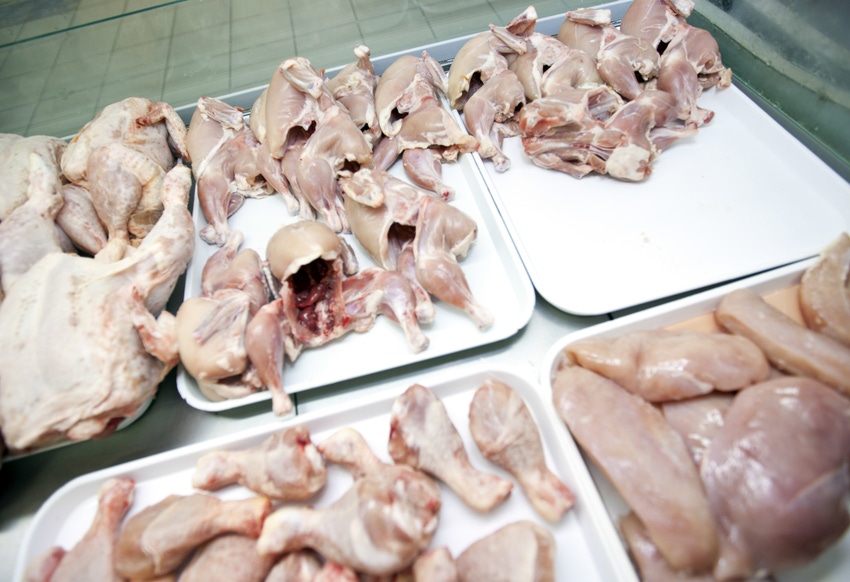Results indicate that poultry processing plants' contribution to stream bacterial load may be overestimated.

The U.S. Poultry & Egg Assn. (USPOULTRY) and the USPOULTRY Foundation announced the completion of a funded research project at the University of Georgia in which researchers questioned the role poultry processing plants play in bacterial contamination of stormwater.
For the study, Dr. Brian Kiepper and colleagues at the University of Georgia and the Georgia Tech Research Institute determined the typical level of bacterial contamination found in surface water upstream from the site of a poultry processing plant.
The U.S. poultry industry understands that handling live birds at large-scale processing facilities can lead to the potential for contaminated stormwater runoff from the areas where live-haul trailers are held and unloaded, Kiepper said in the project report. However, he said the focused scrutiny given to poultry processing facilities overemphasizes the industry's true impact on the environment.
Kiepper explained that most U.S. poultry processing plants operate under state-issued National Pollutant Discharge Elimination System general stormwater permits, with specific provisions for facilities that handle live animals. These provisions include the detection of surrogate "indicator" bacterial organisms in surface water in the attempt to infer the potential impact of an individual processing facility on introducing pathogenic bacteria into the environment.
Research in related stormwater areas, such as urban watersheds, has continually shown weak correlations between the detection of indicator organisms and the presence of pathogenic bacteria, Kiepper noted. Nevertheless, the use of indicator bacteria is the accepted method of evaluating the contamination of surface waters. The detection of indicator organisms and practices to reduce their numbers in stormwater runoff will continue to be the focus for poultry processing plants in the foreseeable future, he said.
A primary objective of this study was to identify and quantify the level of background indicator organisms already existing (under dry weather conditions) in watersheds affected by poultry processing facilities in urban heavy industrial, suburban light commercial and rural settings.
The Table shows the results for the poultry processing plants tested in this study. The data represent the cumulative upstream results for five poultry processing facility locations for a one-year period, Kiepper said.
Mean most probable number (MPN/100 mL) of bacterial indicator organisms per 100 mL of surface water upstream of five poultry processing facilities under dry (no storm water discharge) conditions over a 12 month period (July 2015 to June 2016) |
Indicator organism |
Total coliforms |
Fecal coliforms |
Generic E. coli |
These results clearly indicate a significant presence of traditionally monitored indicator organisms (e.g., total coliforms, fecal coliforms and generic Escherichia coli) prior to any impact from the poultry processing facility's stormwater runoff, Kiepper reported.
While the presence of indicator organisms is significantly less in a rural setting versus an urban industrial or suburban commercial setting, even the results from the rural setting showed that a significant presence of indicator organisms exists under dry conditions and upstream of any poultry processing activities, he added.
The use of fecal indicator bacteria is the accepted method for monitoring fecal contamination of watersheds, but this method takes multiple days to complete and is not species specific. Furthermore, the method provides no indication of the potential source of the fecal indicator bacteria found in a stream, Kiepper noted.
As part of this grant, several molecular microbial source tracking methods were investigated. Once verified, the chicken feces-specific polymerase-chain reaction assays tested during this project may provide a faster and species-specific method for identifying chicken fecal contamination and may be an important tool for poultry processors, Kiepper concluded.
About the Author(s)
You May Also Like

.png?width=300&auto=webp&quality=80&disable=upscale)

